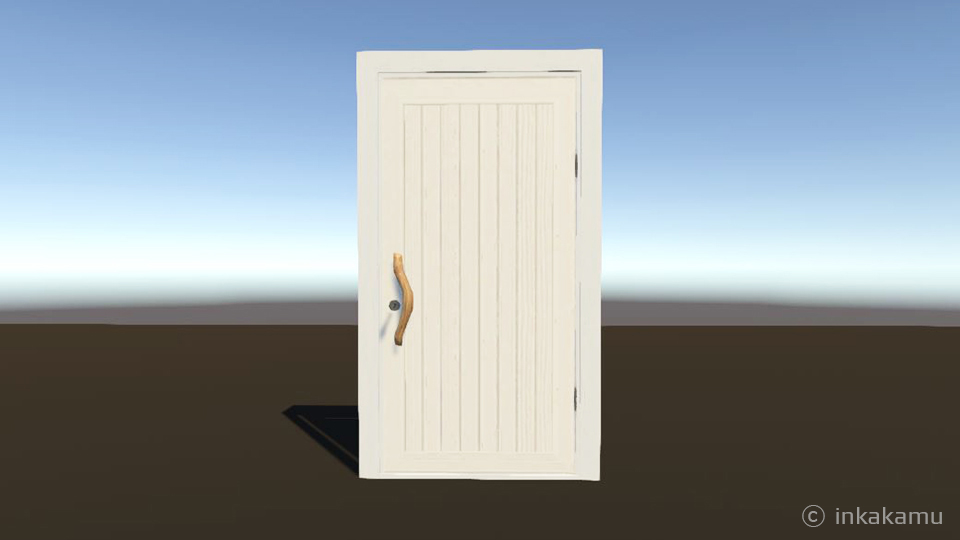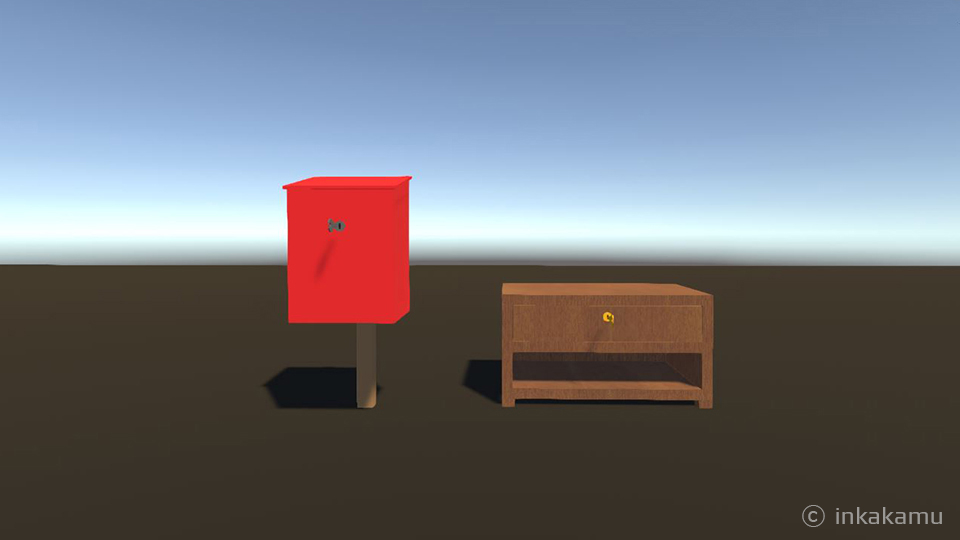
Doors, boxes, hatches, drawers and other objects that can be opened all create distinct opportunities for discovery and plot progression in a game. Even an empty drawer can be a prompt to search for an item and help move the player forward in the narrative.The way these objects function is a key part of the gaming experience and something not to overlook. In this post, I will mainly focus on the challenges facing game designers when creating these kinds of interactions.
During my research I didn’t find that much content focused on opening objects in general, but a lot has been written about the use of doors in the context of video games, other visual media and in our own physical world. Below I’ll review some of my favorite articles on the subject and highlight what I found useful about them.
In her blog post “The Door Problem” for Gamasutra, Liz England explains her job as a game designer using door development as an example. She lists out questions that a designer has to answer in order to develop a door. She then gives short examples on how other members of the production team can contribute to the perfect working door. I found this post super useful since you can apply that way of thinking to other game objects as well. I’m developing my game on my own and this post gave a great overview of all the roles, tasks and questions I need to ask myself and answer in order to create the experiences I want for my game.
Andreas Inderwildi writes about doors in different video games in his article “An ode to video game doors” in Eurogamer. He describes doors in a variety of games and what makes them amazing. I really liked the last paragraph of his article and this passage in particular: “A door can be like an unobtrusive comma, a sophisticated semicolon, a bold exclamation mark, or simply a decisive full stop. But they’re also much more than that. A good door can offer challenges or opportunities. It can tease, gratify or frustrate.”
There are also more analytical and scientific analyses of doors to be found. “What Lies Beyond: Doorways in Gaming” by Dale Dobson for Gamasutra refers to scientific studies like “Event Segmentation Theory” and “Walking through doorways causes forgetting”, which describe the impact doorways can have on our brains and memory in the physical world and how that crosses over to the digital world. The article goes on to give great examples of how some video games use and abuse our working memory to create interesting puzzles around doors.

When developing opening objects for my game the most important factors I try to consider are: the purpose of the object, the discovery it gives, how many times it will be used, the level of realism, possible emotions it might stimulate and how the object is presented to the player. With specific objects also come specific challenges to overcome. For example, I have a door that has a unique purpose and it has to work differently from the other doors. I have to figure out how to get this message across to the player in a way that fits within the general game experience.
The Game UI takes vital role of explaining to the player how to interact with an object. Some of the ways the interface can communicate to the player include: action suggesting cursor symbols, highlighting an interactive object, key collecting combined with inventory or use of visual triggers. In my game I’ll be using cursor symbols and key collection to help the player understand the possible actions for interactive objects. Check my post about my cursor development to find out more about my thoughts on this aspect of Game UI.
My opening elements are still under development and how intuitive they’ll be remains to be seen in my beta testing.